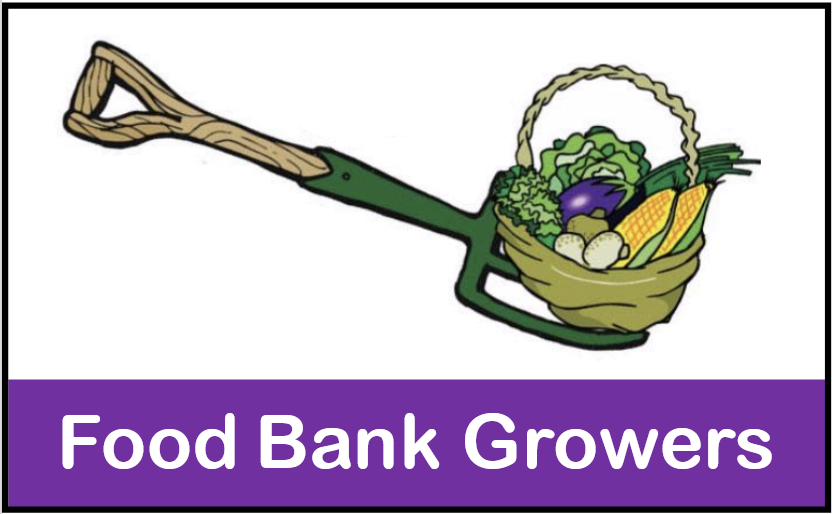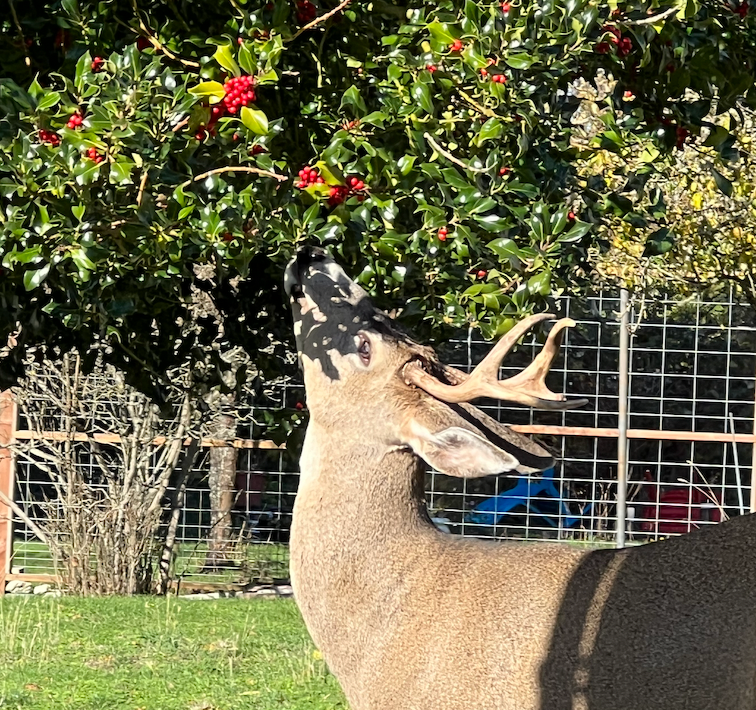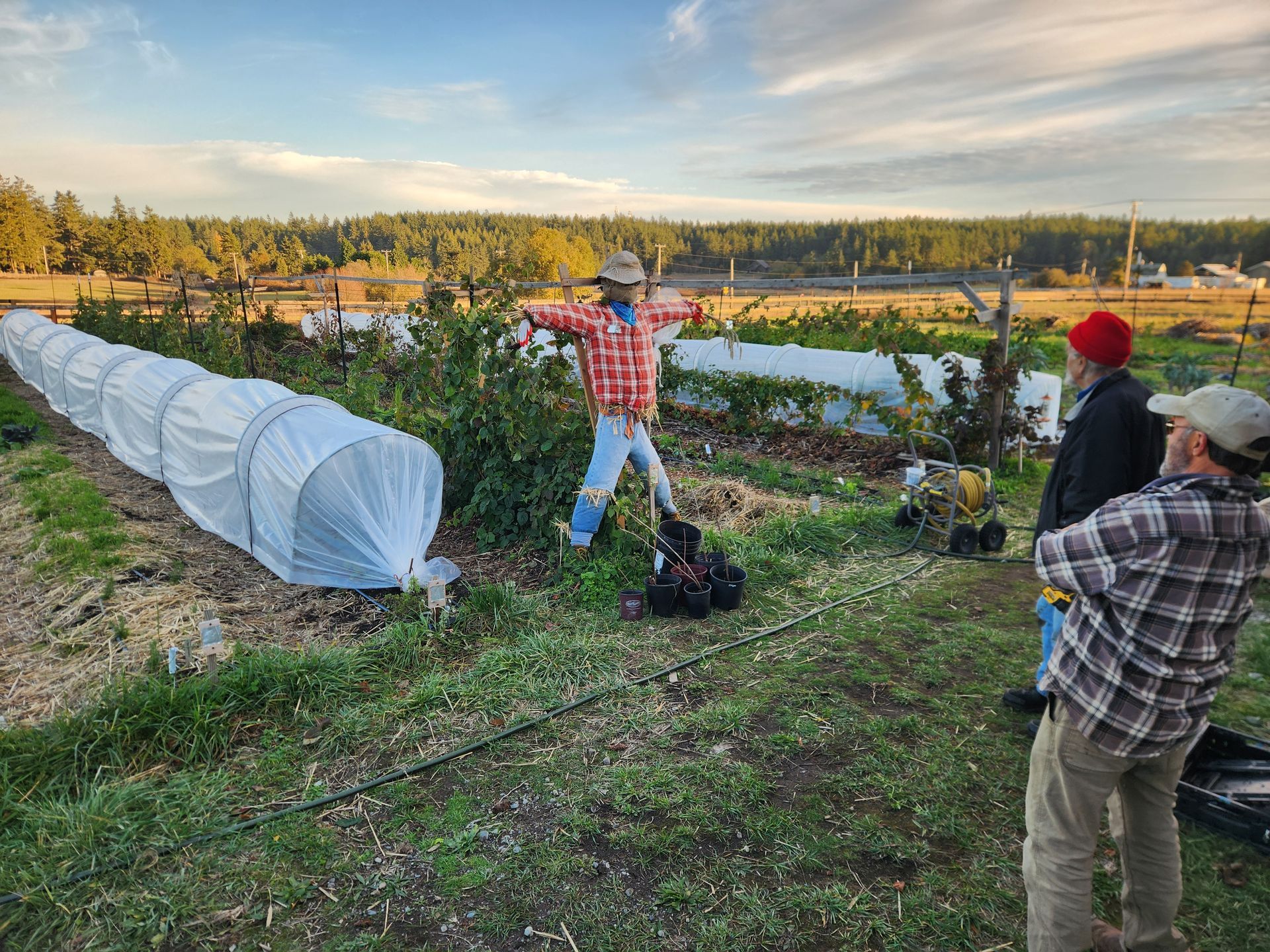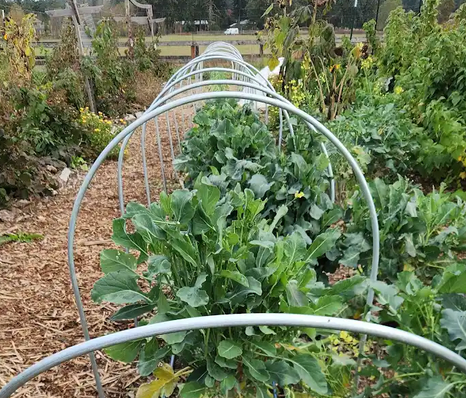Newsletter September 2024
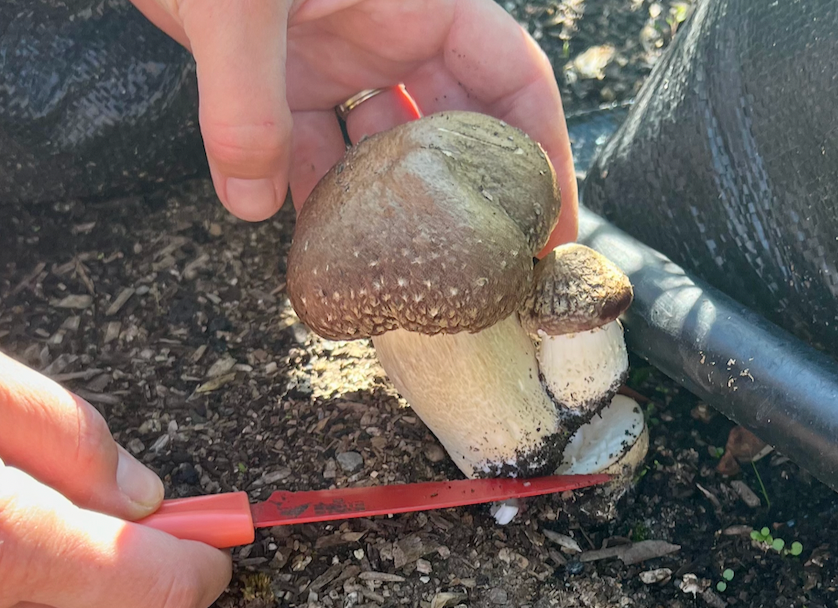
Harvest numbers are popping up
In this Issue...
- Year-to-Date Harvest Numbers
- HARVEST HELP NEEDED ASAP
- NEW Postings
- What to do in the September Garden
- How to Volunteer / Donate (We need Admin Support)
2024 Year-to-Date Harvest, Volunteer Hours, and Starts
Thank you volunteers for your time and garden knowledge, your weekly contributions of fresh, nutritionally dense produce are greatly appreciated by food banks, schools, senior centers, and other organizations.
10576.20 - Pounds of fresh veggies from the Growers
961 - Pounds of fruit from the Gleaners
4542.75 - Volunteer Hours
1128 - Veggie Plant Starts (to grow your own)
Each One / Teach One
Our volunteer Gleaner group is dedicated, but not getting any younger. Now is the time to teach the next group of Gleaners how and where to pick from over 300 trees that we watch and keep this valuable resource of local and perpetual food available to organizations in need and to the Gleaners who pick. We have the ladders, access, spread sheets, proven methods… ContactPTGleaning@gmail.com com to get on the weekly opportunity list.
GROWERS: We need help harvesting our growing bounty or preparing the garden space for July plantings ASAP. Please send your name/phone/email to FoodBankGrowers@gmail.com. We’ll find the right garden fit for your time and skills.
GLEANERS:Do you want to be on the Gleaner Opportunity list and be notified when we start collecting fruit from backyard orchards to redistribute? Please send your name/phone/email to PTgleaning@gmail.com.
NEW Postings on FoodBankGrowers.org
Brian’s Garden - August 1, 9, 14, 21, 28 (Follow along on the weekly chores)
August Abundance at Salish - what’s being harvested now
Seattle Times Coverage on the Salish Farm-to-School program
Salish Production/Classroom Garden takes Top Prizes at JC Fair
Adventure Summer Camp at the Boat School
“Food for Thought” - New lecture series at the Grange
September in the Garden
September looks to start off warmer and dry than our average temperatures of 65° F - 50° F but it may cool off later and become damper. We usually get 1.5” of rain this month spread over 9 - 10 days. Two of the seven forecasts I have checked call for some rain the second week of Sept. we shall see if they are right. What this means to our gardens is that we will have to continue or resume watering. Our plants still need about an inch of water per week more for new seedlings with their shallow roots.
Planting:
Now through early October is the time to direct seed overwintering veggies. These possible spring plants need to get started soon so they will stay small to survive until next spring. The basic “how to's" on this is to plant them in good soil but with lower nitrogen levels. They want to have 4 true leaves and be 1-2 inches tall by November. If we have a normal Winter without a lot of deep freezing then they should survive and be early greens in March and April. If we get another hard freeze then we need to cover them with cloches, cold frames or row covers to help them survive. In the late Winter/early Spring add the nitrogen that will boost their growth for the really early harvests we hope for.
- Some of these possible overwintering veggies are beets, spinach, swiss chard, carrots, cilantro, radishes, snow peas, lettuce, corn salad, many asian greens, cabbage and kale.
- Some people plant their garlic in September. but I tend to wait until October.
- Cover crops can still be planted anywhere you are not planting overwinter veggies. Broad beans, field peas, rye, barley, wheat, oats, vetches and other hardy soil builders. These will hold soil in place over winter while building up the nitrogen levels and suppressing weed growth while building tilth. I add daikon radish to help break up heavier soils like our glacial till. If you leave the radish in place, after cutting back the top, it will rot and create deeper channels for roots to work their way into our harder soils.
- This is also a good time to plant perennials. Getting in berry bushes and fruit trees now gives them time to establish their roots before winter sets in. Mulch and water them well. This gives them a good start before winters rest and they can start off as soon as the weather warms up in the spring.
- Now is also a good time to divide perennials. Separating out raspberry or artichoke plants, once they stop producing. Replanting what you can and sharing the bounty with others.
Garden work:
- Slug removal never ends. As the rain returned in August I have been removing slugs and snails daily. After about a week of this I am no longer finding many but I watch the borders of my garden to catch the big ones coming in from the woods. Checking often will help the overwintering veggies survive until spring. You can also create slug gathering places by placing boards at the edges of your garden and look under them often to collect the gathered slugs.
- Setting up hoop houses for some of our hardier Winter plants to help them survive.
- Mulch, mulch , mulch! Remember that you want to keep your soil covered going into our Fall rains so if you plan to do any major weeding it will need to be replanted in something before the rains return. This can be cover crops, or cardboard and mulch( or sand for pathways) or just mulch for beds. Mulches can be leaves, straw, compost, hog fuel or chips. They can also be old cotton sheets.
Harvesting:
This is a wonderful time of abundance as our harvesting baskets overflow. The last of our berries are coming in. The apple and pear trees are loaded. The garden is full of squash and wonderful greens. Root veggies are ready to be harvested and our cornucopia is filled with wonderful tasty food. Or at least that is my hope for all of you.
- Greens planted midsummer are starting to be harvestable for great fall salads mixed with bright carrots and sweet cucumbers.
- Broccoli continue to put on their often abundant side shoots. Cauliflower and fall cabbage heads are ready for harvest and brussel sprouts have put on buds waiting for an early frost to sweeten them up.
- Best of all it is cider pressing time. There are few things as wonderful as fresh pressed apple cider. If you don’t have your own press, look for a friend, neighbor or community event that does. I know here on the Quimper peninsula we have several such events.
- A reminder that pears do not ripen on the tree but should be harvested when the seeds have turned brown or when lifted 90 degrees to the branch they break off. Be careful not to break off the bud branch. If left on the tree they tend to rot from the inside out. Which is very frustrating.
- Apple and pears can be stored together but need to be away from other produce as they release ethylene gas which will cause other fruit and veggies to rot. Although the pears will ripen faster around the apples. Both apples and pears should be stored in a cool dark location. Wrapping them individually in newsprint will help them last longer. Bring in a few pears at a time to ripen as needed.
September is one of the busiest months in the garden between harvesting, preserving the harvest and planting fall and overwintering veggies. Remember to take time to just enjoy the beauty of your garden and the Autumn leaves. This is a time of abundance and that should include an abundance of joy and an appreciation of our gardens and the world around us.
Happy Gardening
Dianna Wiklund 🌻
FBG Garden Coordinator
